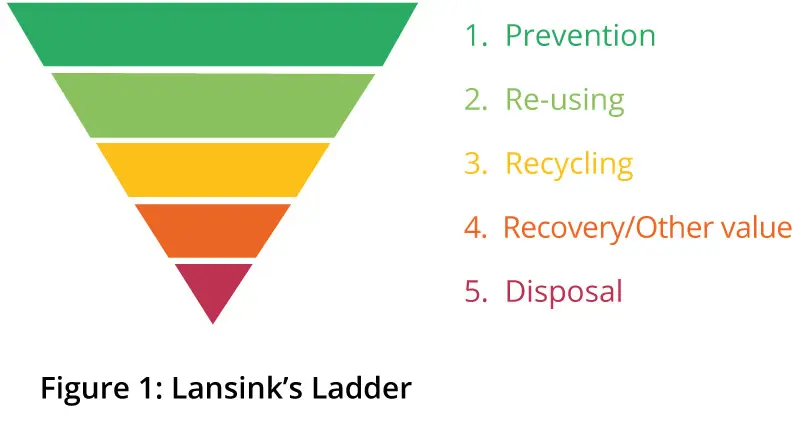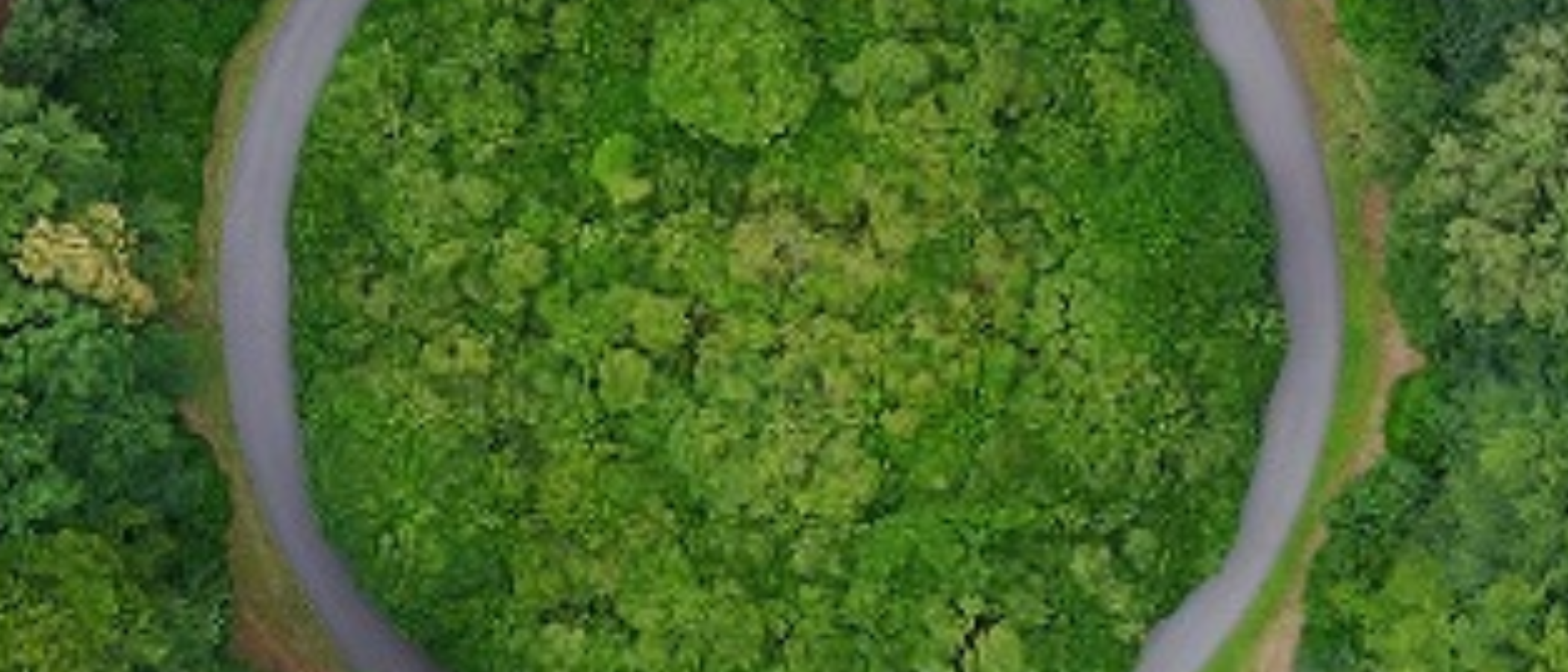Once upon a time, there was a small Pacific island called Nauru, whose per capita income, back in the 1970s, was, globally, second only to Saudi Arabia …
The Nauru story starts off like a fairy tale. The mining of the phosphate – the result of the accumulation of hundreds of years of sea-bird droppings! – used as a fertiliser by Great Britain, Australia and New Zealand, brings wealth and prosperity to the people of Nauru.
However, in the space of a few years, due to the overexploitation of this heaven-sent commodity, boom turns to bust: exit the guano, the prosperity and even … the birds, whose habitat was ruined. Up to its eyes in debt, Nauru now owes its survival to Australia.
This cautionary tale perfectly illustrates the non-sustainable nature of the linear economy and its consumption model, which is based on the "extract-manufacture-dump" triptych. This model, involving the extraction and limitless use of the natural resources, has been the cornerstone of economic growth since the 19th century. But the depletion of natural resources, along with population growth and a rise in global consumption, has rendered it obsolete. As reported this year by the Global Footprint Network, humanity has been living on credit since 22 August (Overshoot Day 2020): the very day our resource consumption exceeded the planet’s capacity to regenerate those resources that same year. In other words, 1.6 Earths would be needed today to meet human demand. And if we do nothing about this by 2050, that number will rise to3![1]
One alternative to this mad rush towards the programmed destruction of our natural resources is the circular economy. Linked to the concept of the circle of life and energy, the circular economy takes it as read that nothing comes from nothing and that nothing is ever wasted. It thus consists in optimising our natural resources and their usage, and in reducing waste and inefficiency.
Does the name Ad Lansink ring a bell? In 1979, this Dutchman published his circular-economy ladder. For him, the best way to embrace circularity is to integrate a hierarchy of options into the production of goods and services. Right at the top, the best option is to reduce the use of natural resources, and even to avoid consuming them. The worst is (unregulated) disposal.

The search for a sustainable life cycle
In numerous fields, especially those in which demand is expanding and where there is little in the way of recyclable material, it would be unrealistic to consider no longer consuming resources. Take, for example, the electric car (whose battery production is raw-material-intensive, at considerable environmental cost), where a more realistic solution would be to increase its degree of use. This, basically, would involve cars being shared by several users rather than left parked 95% of the time in a garage.
It might also be worth increasing product lifetimes: some companies are experimenting with self-repairable products such as self-healing leather and construction materials that include calcium sulfoaluminate to close any cracks that might appear over the lifetime of the material.
Another way of extending product lifetime is through modularity, which consists in creating products with a limited number of standard components that are readily separable and that can be replaced, or recombined, to make new products. Buying a smartphone designed to last will mean just that, given the ease with which screen, battery and other components can be replaced when they break or become obsolete.
Improving the recycling process
According to the United Nations Programme for the Environment (UNEP), 1% alone of the components used to manufacture magnets for EVs is recycled. And yet, 18% of the metals have a recycling rate above 50%. Of course, some of these recycled metals already have an obvious economic and environmental advantage: aluminium recycling consumes 95% less energy than the production of virgin aluminium! The economic advantages of recycling are thus obvious. In Germany, over 99% of tins are recycled, which just goes to show that it’s possible. In France, it’s not yet 60%, so, quite a lot of room for improvement.[2]
Creating the circular wave … and riding it
We, as investors, can help bend the straight line by investing in circular businesses. At Candriam, we call such firms "transformers" – as they make their operations and supply chains more circular – and "enablers", which help the transformers meet this objective.
If, like us, you are convinced that ESG criteria are a sustainability and market performance driver for companies, then let’s join forces: with a circular economy expected to amount to an estimated 4.5 billion dollars by 2030[3], businesses that currently have a foothold in this sector will be tomorrow’s big market winners.
True, the path to a circular economy won’t be without its potholes. Companies’ business models will have to change, as will their behaviour and consumption habits, just as the technologies will have to become more clever and inventive. But if the current global economy is only circa 8%[4] circular, we firmly believe that the change is bound to come sooner than later, propulsed by a sense of urgency and made possible by innovation. No one wants the whole world to turn into another Nauru.
[1] WWF
[2] https://www.european-aluminium.eu
[3] Accenture research « Waste to Wealth: Creating advantage in a circular economy » 2015 – World Economic Forum 2019
[4] Circular Gap report 2020
